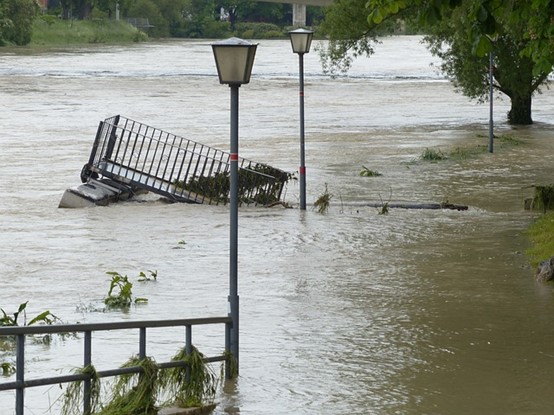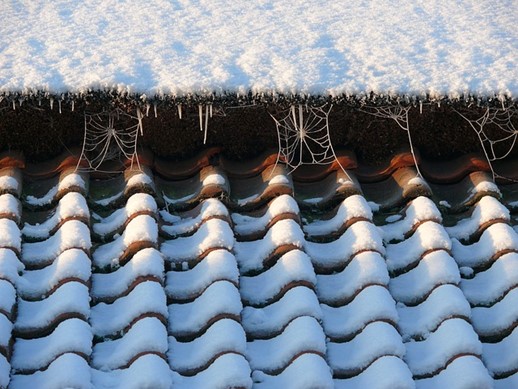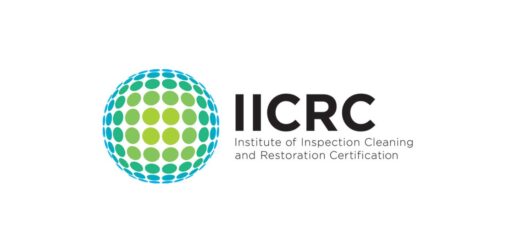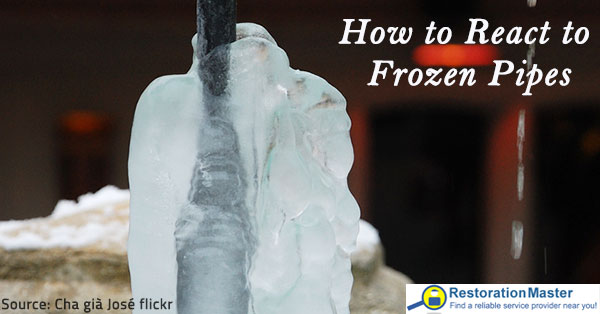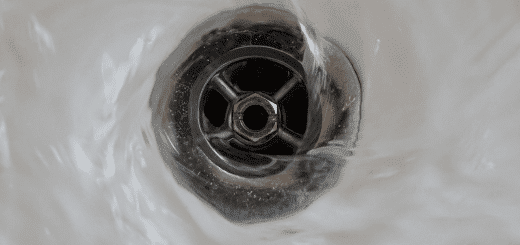Top Tips to Prevent Water Damage in Your Rental Property
Water causes billions of dollars worth of damage to homes around the United States every year. Water damage is common because water runs almost everywhere in the home, and water leaks are usually not detected until they have had time to damage the surrounding areas.
In your rental property, water damage can be particularly disastrous. This is because if water damage happens in your home, the problem not only affects your income, it can threaten your livelihood, investment, and business.
To help you prevent this, we have listed some simple tips you can follow to minimize the possibility of water damage to your rental property. As a landlord, you know that the maintenanceMaintenance is the routine care, inspection, and repair of a... More quality is only as good as the system you have to prevent damage.
This list will help you design a process that efficiently preempts and prevents water damage to your rental property.
1. Inspect the plumbing and appliances biannually/yearly
Inspections are essential for catching problems early. Most pipe leaks or bursts will give warning signs before they happen. The reason you might fail to detect them is that you do not perform regular inspections. Or if you do, the checks are not thorough enough because the property owner does not know what to look for or where to look for the signs of impending water damage.
2. Inspect the attic, roof, and chimney
Sometimes landlords focus on water damage that happens from within the home or from pipes that are buried underneath the ground. Quite frequently, property owners forget that water damage also comes from above the house as snow or rain has the ability to damage the roof, attic, and chimney. It is better to inspect these structures on a biannual basis or after periods of heavy snow or rain.
3. Clean and maintain gutters
Still on the home’s roof and its adjoining systems, one of the critical structures that you should inspect and clean is the roof’s gutter systems. Gutters are critical for keeping water away from the internal structures of the roof and the walls of the home. The two major things that can damage the gutter’s ability to perform its function are ice damming and accumulated debris.
4. Insulate pipes
Even after providing tenants with guidelines on how to care for the home’s water pipes during winter, you cannot be sure they will follow the rules. This is why it is a good idea to invest some money in pipe insulationInsulation is a material used in buildings to reduce the tra... More. The cost of good quality fiberglass insulationInsulation is a material used in buildings to reduce the tra... More is only a fraction of what it would cost you to replace burst pipes.
5. Create a proper notification system
Communication between you and your tenants is important. Tenants are the ones in constant contact with the property. It would be best to recruit them as your eyes and ears to help you look out for water damage. This involves creating an efficient notification system. It also means prompt responses to tenant complaints. But most importantly, it means maintaining good relations with tenants.
6. Alert tenants when the weather is extreme
Educating tenants on how to protect water pipes during winter and insulating the pipes is not enough. We advise that you also issue emergency alerts to tenants during cold weather. Remind them to let faucets drip to prevent freezing; always keep the thermostatA thermostat is a device that monitors and regulates tempera... More at 60 degrees or higher, and leave cabinets with water pipes in the open to keep the air around the pipes warm.
7. Maintain basement drainage
Educating tenants on how to protect water pipes during winter and insulating the pipes is not enough. We advise that you also issue emergency alerts to tenants during cold weather. Remind them to let faucets drip to prevent freezing; always keep the thermostatA thermostat is a device that monitors and regulates tempera... More at 60 degrees or higher, and leave cabinets with water pipes in the open to keep the air around the pipes warm.
Just as landlords are prone to neglect the roof in their water damage preventionPrevention refers to actions taken to reduce the likelihood ... More program, they are also likely to forget the basement drainage system. Firstly, the soil grading around the home’s foundation can leadLead is a heavy metal that can be toxic to humans, especiall... More to floodingFlooding is the overflow or accumulation of water in areas t... More inside the basement. Also, pipes can leak or burst and flood the basement. Finally, the insulationInsulation is a material used in buildings to reduce the tra... More in the area may become inefficient and expose the pipes to the risk of freezing.
8. Install a catch basin
In properties where water tends to pool around the base, a good solutionA solution is a homogeneous mixture of two or more substance... More is to use a catch basin. This will divert water from the foundation and basement and prevent it from undermining the home’s structural integrity. By installing PVC pipes underground around the areas where this pooling occurs, you can easily channel the water away from the home.
9. Use a sump pump
A sump pumpA sump pump is a pump installed in a basement or crawlspace ... More in the basement will also help to prevent damage due to water buildup in the area. Any excess water that collects in the basement runs into the sump. You can later remove the water by pumping it out of the basement to a location some distance away from the building. This keeps water from soaking into the floor, carpet, and padding in the home.
10. Update your insurance
Ensure the provisions of your insurance policy include water damage. Pay particular attention to what kind of water damage is included in the policy. As an additional precaution, require tenants to buy renter’s insurance, even if your landlord’s insurance does not require it.
Following these tips, you should be able to minimize the risk of water damage in your rental property and keep it in tip-top condition. Taking a few minutes to read through these tips and then apply them will help you save thousands of dollars and a whole lot of problems in the long run.
If your home or business has sustained damage from excess water, contact professional water damage restoration and mold remediation services. Reinstate the integrity of your property’s structureStructure refers to the framework or components of a buildin... More and prevent further damage. Provide expert guidance to prevent future water damage and moldMold is a type of fungus that grows in damp or humid conditi... More issues. We understand the urgency and complexity of these situations, and that’s why we’re here to help you navigate the restorationRestoration is the process of returning a property to its pr... More process seamlessly.
Don’t let water damage and moldMold is a type of fungus that grows in damp or humid conditi... More jeopardize your property and your well-being. Contact professional water damage restoration companies today for an assessment and tailored solutions that meet your needs. Remember, swift action is the key to minimizing damage. Act now, and reclaim a clean, safe, and mold-free environment for yourself and your loved ones!










